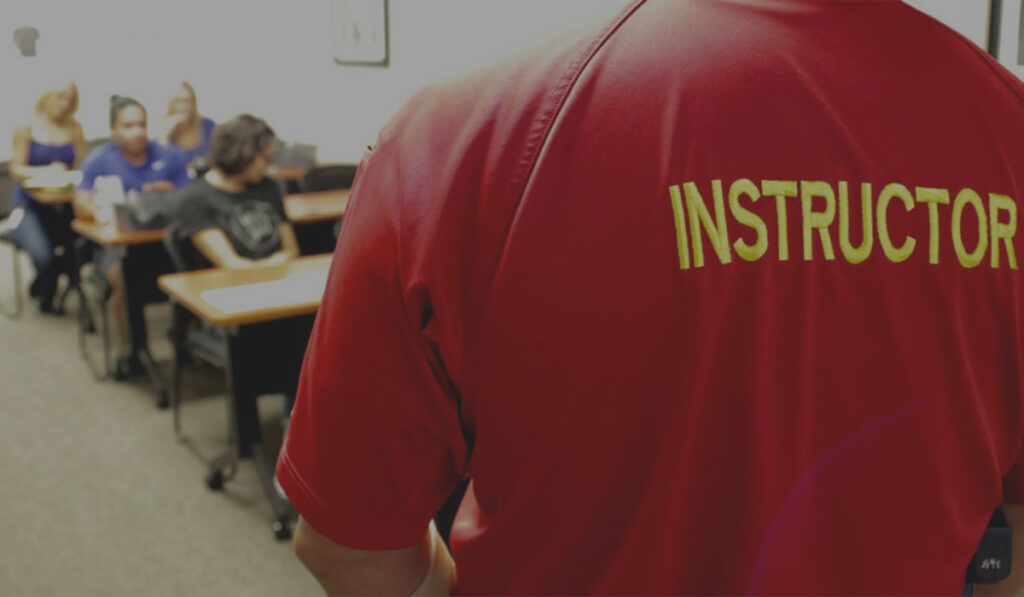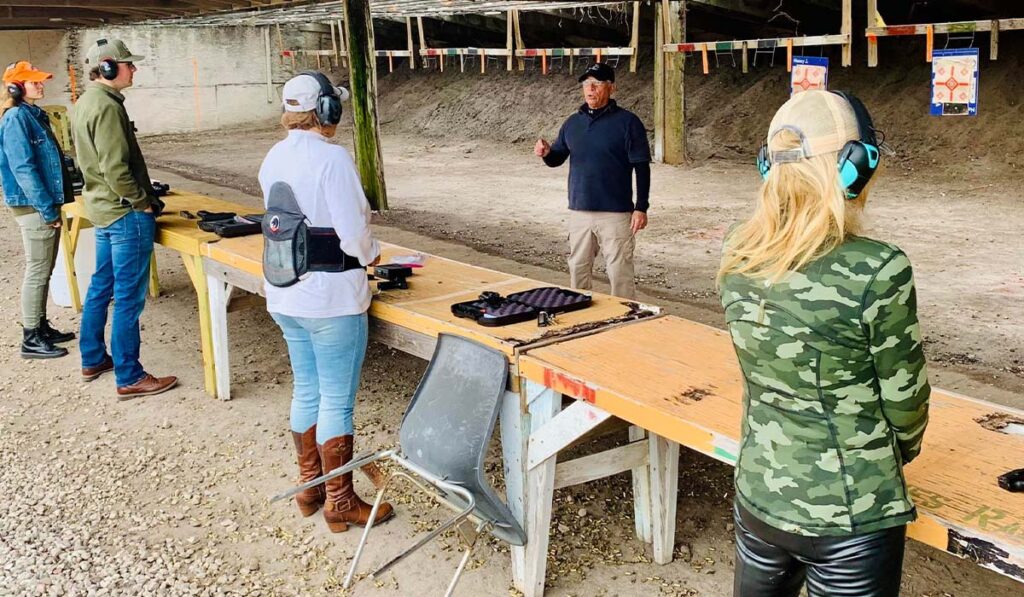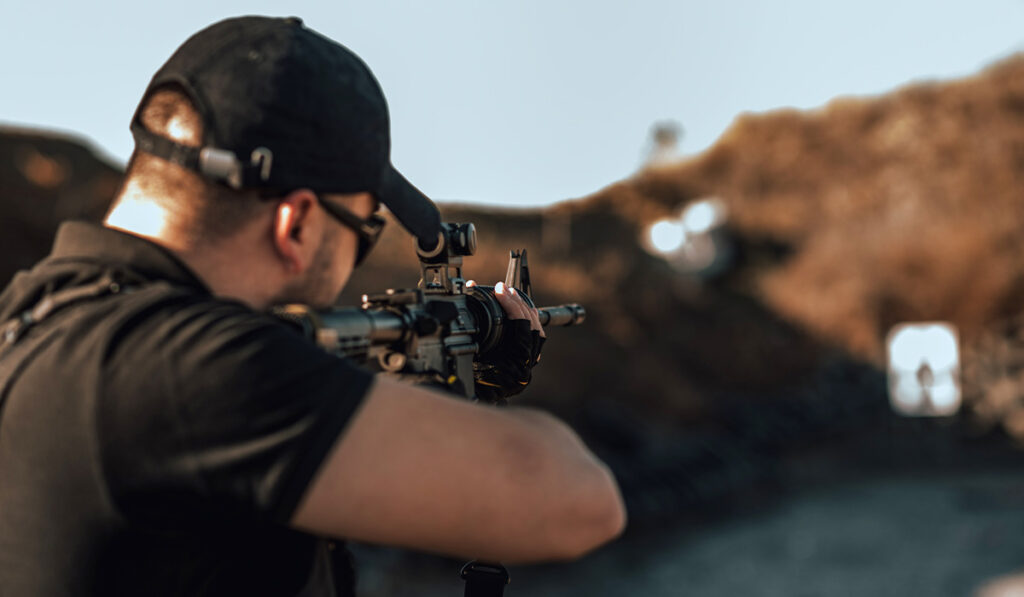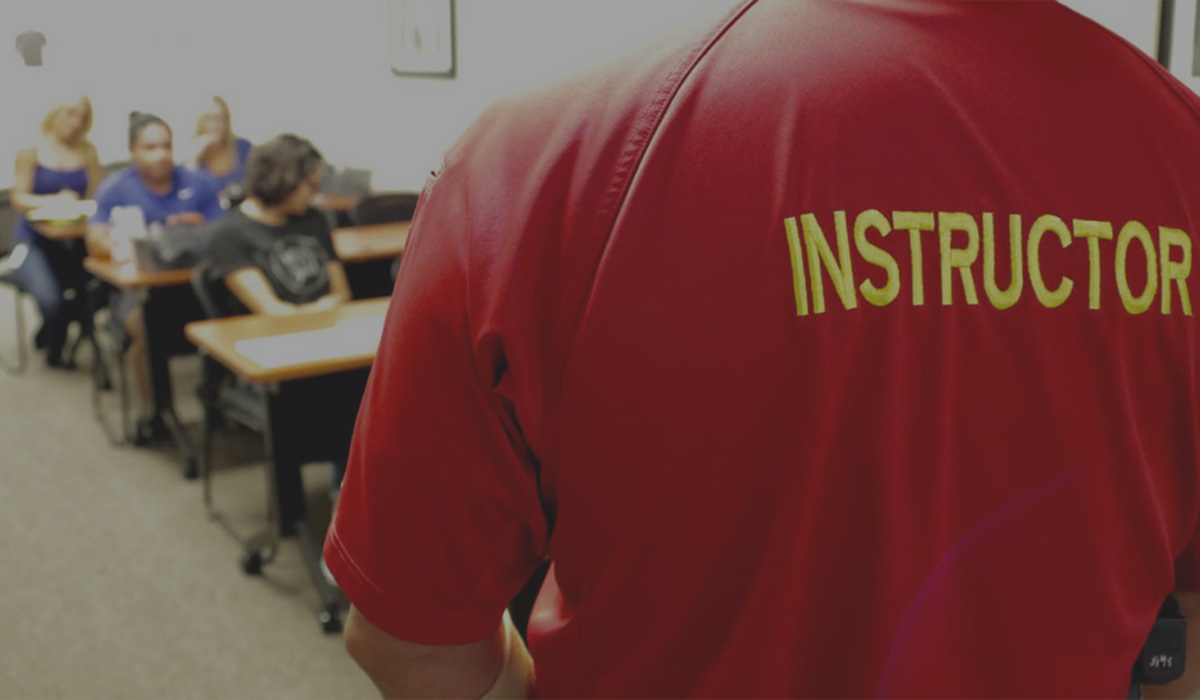Everyone should take a firearms class. Unless you have used a firearm routinely as part of your job in the military, law enforcement, or private security, there is a good chance you could improve your training in firearms management. Naturally, and without a doubt, firearms management is the key to safety and contributes significantly to reducing injuries and deaths.
What is “firearms” or “weapons” management? It includes all aspects of firearms handling, gun safety, and marksmanship. Management commences when you first touch the weapon, which could be a firearm or knife, and it ceases only when it is safely stored. So it encompasses all aspects of dealing with a firearm. In this article I use the terminology interchangeably, firearms and weapons management.
In some states, it is mandatory for you to take a firearms class to qualify for weapons carry permit/license. On the other hand, in many states, no training is required to carry or obtain a license to carry.
I am totally against any state or government agency requiring any person who wishes to carry for self-defense purposes to take a course before they are allowed to do so. However, on the other hand, I am totally in favor of and fully endorse the idea that anyone who purchases or owns a firearm should take a training course. This is a responsibility that all gun owners should take seriously. Firearms are relatively complicated devices and safely handling them is of the utmost importance, thus I feel strongly that anyone handling one should take a training class at least once every six months.
What can Training Do for You?

I clearly understand there are folks out there that grew up on farms where they got good training from their parents or family members. I also understand that there are folks out there that got training from their dad, mom, uncle or aunt that were well trained in the military and or law enforcement.
Those are all good sources of training. However, I am sure that they did not cover all aspects of firearms management that you will learn in a firearms class. You will be surprised at what you can learn in a well-taught class.
I do not know any firearms range that does not offer some sort of training course. From very introductory, informal 20-minute reviews to those that are called basic classes, to the advanced ones. So you have more than a wide range of classes to choose from at most ranges.
Since most folks do not know much about the topic, most will never really know if they had a good instructor or a bad one. So why not start by knowing as much as you can about the instructor so you can increase the odds of choosing a great class and learning as much as possible.
The Three Levels of Firearms Instruction Available
Traditionally, there are three “levels” of firearms classes. The first is a “basic” class, the second is an “intermediate” or “personal/defensive carry” class, and the third is the “advanced” or more “tactical” class. Naturally, beginners should start with a basic class. In fact, most defensive carry and advanced classes will not allow you to enroll if you do not have proof of having completed basic firearms training.
Basic Firearms Class

A Basic Firearms Class is essential to learning the fundamentals of safe firearms management, revolver and semi-auto functionality, understanding cartridge and bullet identification and function, and shooting principles such as stance, grip, sight alignment, sight picture, and trigger control, and follow-through.
All of this teaching is done in a classroom setting and must be followed by spending time in the range shooting. This course should be at least 4 hours long to adequately cover all the topics. In most cases, it is 3 hours of class time followed by one hour in the range.
In general, there should be no more than 6 to 8 students per instructor during the range section of the course. Naturally, some classes may vary in duration due to the level of the students being taught.
You should be able to shoot the most caliber firearms. Novices may be given 22 caliber handguns and more experienced or confident students given up to a 9mm. I usually do not allow basic students to shoot anything larger than 9mm unless they bring their own weapon and wish to shoot it.
In that case, it is important to train them on the weapon they plan to carry or shoot. [A quick note here: I encourage every student to bring the handgun they own and plan to carry or shoot.] Each student should be allowed to shoot at least 50 rounds. In my classes, I start the students shooting one round at a time at 3 yards until I feel they are comfortable with the basic principles of shooting.
Then I gradually move the targets out to 5 and 7 yards and allow them to shoot more rounds each shooting session as they progress with their individual shooting skills.
The Intermediate or Defensive Firearms Class
The Intermediate or Defensive Firearms Class is usually one that is taught to more experienced students that wish to learn how to conceal carry and draw from their holster. You will also learn how to rapidly reload your firearm by using a second magazine or speed loader.
This is a more intense class that requires a good instructor to teach correct principles and ensure every aspect of the course is taught safely. Naturally, since you are practicing and actually drawing from a holster and shooting, safety is of the utmost importance.
In this class, you should spend about 2 hours learning the techniques for carrying a handgun and 2 hours practicing drawing and shooting. However, in some cases, this is a class that can go on as long as your instructor is willing and you have ammo!
There are many different locations you can conceal or open carry a handgun on your body, but for the purposes of this class, your practice should be limited to those that are most easy to draw from. These positions include appendix carry or drawing from an inside or outside the waistband holster on your shooting hand side.
In addition, for the purposes of this class, I recommend that students wear Kydex holsters which are easier to draw from and much safer to re-holster.
In the intermediate or defensive carry class, you should be reminded of all the safe weapons management rules and guidelines. Furthermore, you should be well-warned of the dangers during this class, and every student should clearly understand the rules of the class.
The instructor should make sure that all students are knowledgeable and comfortable with their respective handguns. Once that has been confirmed, then the class can proceed to the next segment of the course.
In this section of the class, the instructor should cover how various holsters function and let each student explore and understand their holster. Next, the class should cover the steps of drawing, aiming, shooting, and re-holstering the firearm.
No live ammo should be accessible in the classroom during this phase of the course. Upon completion of this phase of the course and when the instructor is comfortable, the students are taken to the range to practice drawing in this environment and then participate in live drawing and shooting.
In this phase of the class, I feel the students should shoot at least 150 rounds. On average, if a handgun holds 10 to 15 rounds. Each student typically begins by firing one round when drawing from a holster, then the round count can be increased based on the instructor’s format to allow the students to get at least 10 to 15 opportunities to draw from their holster and shoot.
Drawing your firearms from a holster, shooting, and actually hitting the target is not as easy or simple as television makes it out to be. For anyone who wishes to carry a firearm, it is highly recommended you take a Basic and Intermediate class to learn how to do so safely and effectively. Then practice, practice and practice more – it is imperative to success.
Advanced/Tactical Weapons Training Classes

Advanced/Tactical Weapons Training Classes can be taught by shooting only handguns while other classes are taught by shooting ARs and/or shotguns. These classes can also be taught using any combination of the aforementioned weapons.
Some classes teach tactical handguns the first day, tactical AR the second morning, then using both weapons together the afternoon of the second day or on the third day.
Advanced classes are usually designed to teach students how to shoot on the move, shoot around obstacles, shoot using cover and concealment, in small groups – and in more advanced classes – how to shoot around and from vehicles. These classes are intense and require you to have your head in the game at all times.
There is a wide range of environments in which you can conduct tactical training programs. Most will have shooting while moving drills, either toward or away from targets. You will be moving around obstacles while shooting and you may also be shooting from prone, kneeling, or standing positions.
In addition, you may be shooting around vehicles or out of vehicles. There are so many scenarios. Before taking any of these courses read all the information about them. They can be very physically demanding as they often involve running, kneeling, bending, and moving while carrying a weapon and associated gear.
The weather can play a large factor in the training environment; you will need to pay serious attention to your attire and accessories. In addition, you will most likely be required to bring or buy lots of ammo. You should also bring a good cleaning kit and firearms tools. Advanced tactical courses require diligent preparation before attending.
In summary, it is very important to choose the right class for your skill level. As much as you may wish to shoot at a level that you feel you would like to. Such as doing the tactical or advanced shooting, if you do not understand and have a good working knowledge of basic firearms principles and fundamentals.
You will not get much out of a defensive or advanced class and you will most likely slow the class down. Thus, starting with a basic class and working your way up to an advanced class has many advantages.
Now the next step is to choose a course with a highly experienced and well-versed instructor. This step is imperative to gaining the most from your class and ensuring you learn the correct information and skills. See part 2 for “How to choose a Firearms Instructor”.



